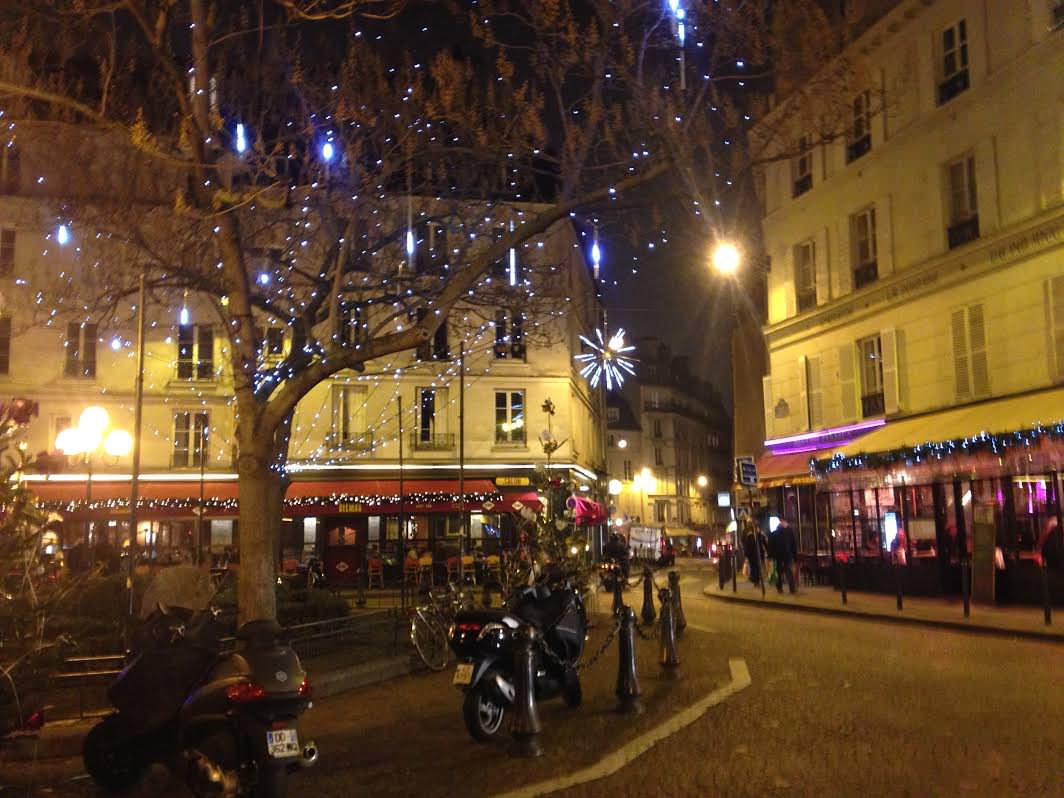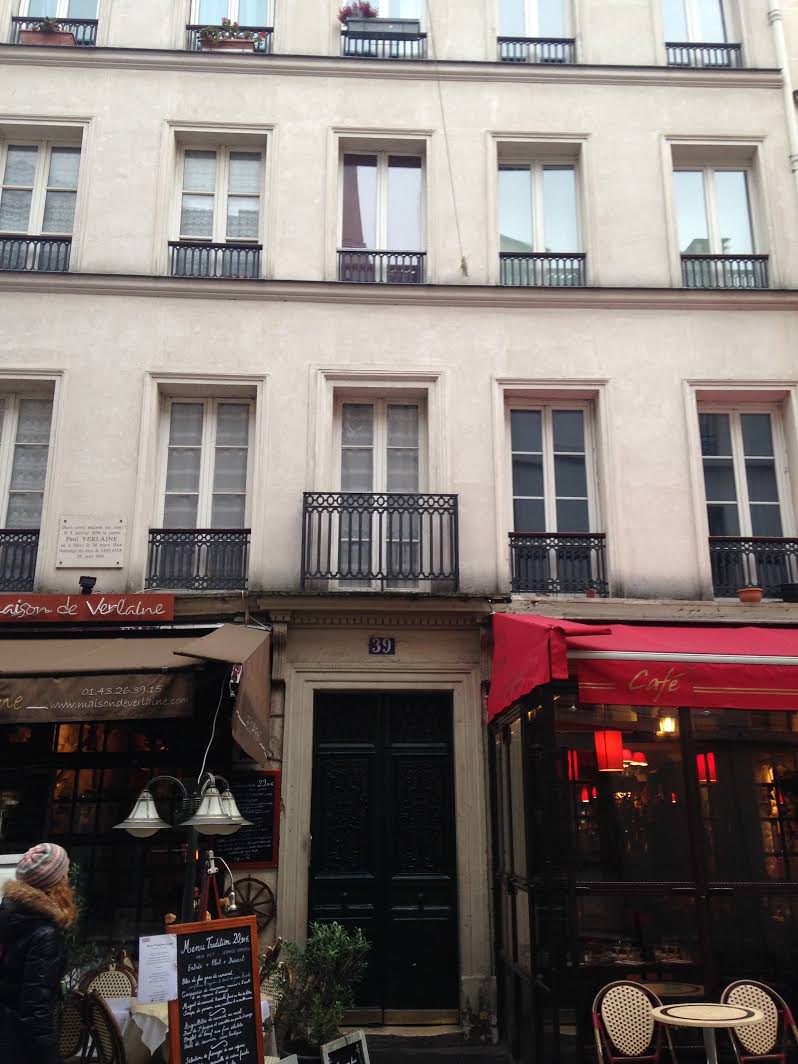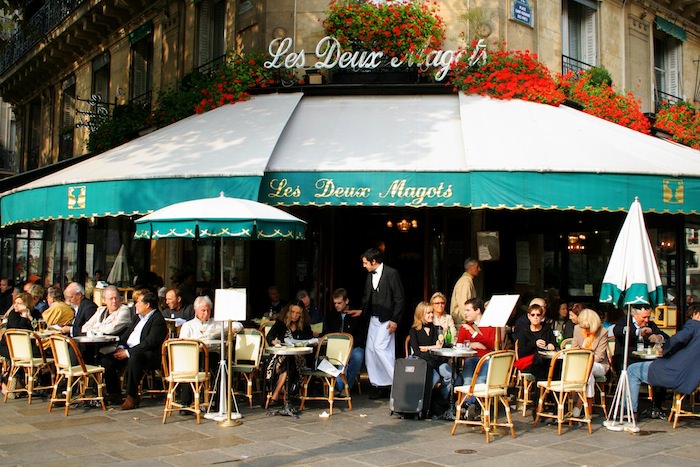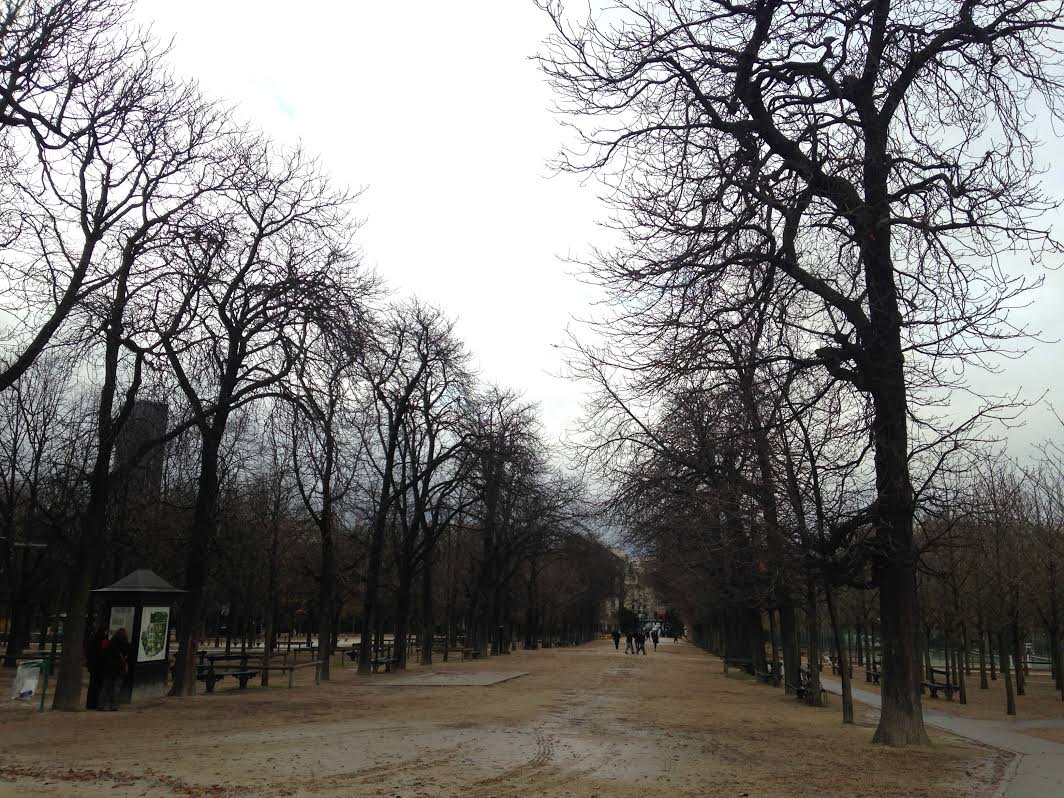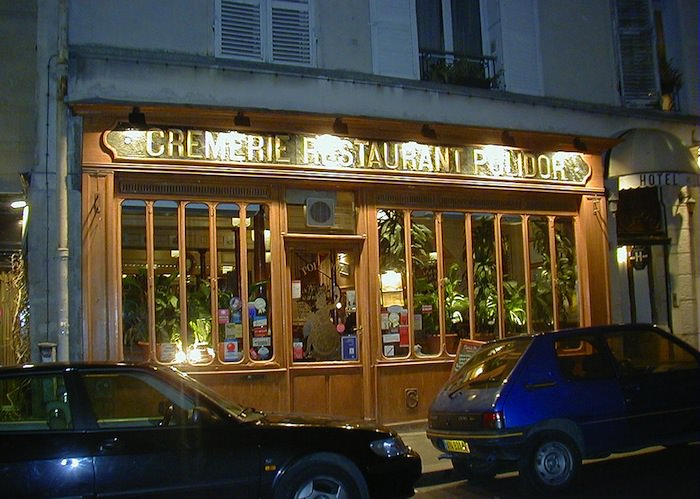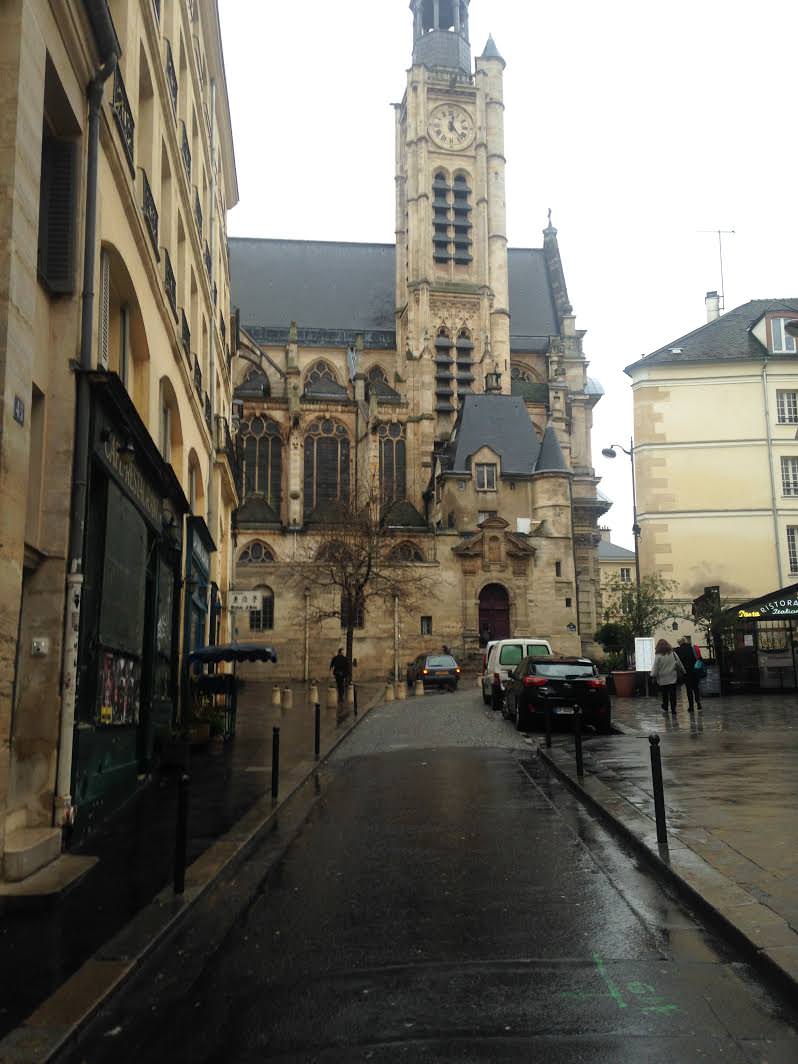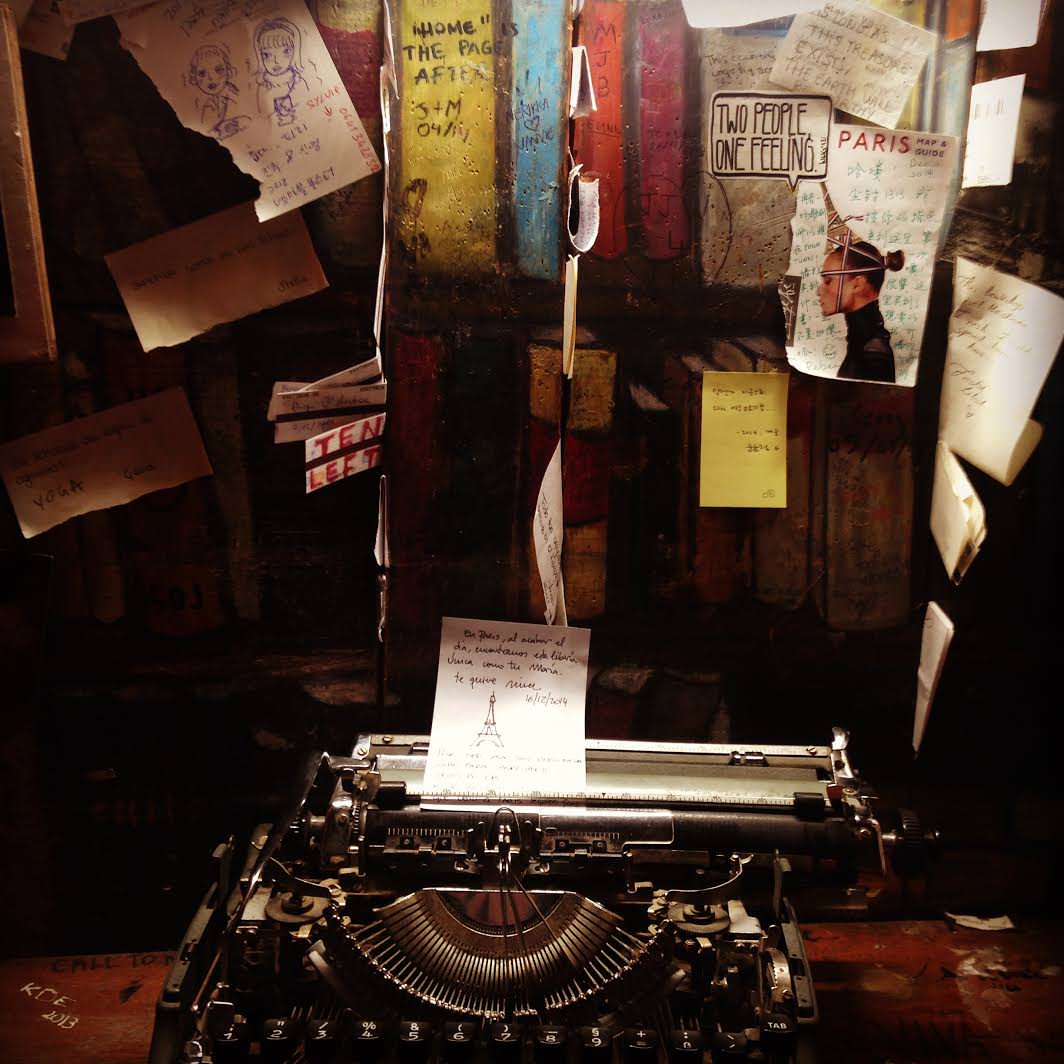On a chilly December night I laze under the terrace awning of a café by the cobbled Place de la Contrescarpe, staring across to the mouth of winding, fairy lit Rue Mouffetard. There is the musty scent of Gauloises in the air, hot café, the literary spirits of yesteryear lingering in the amber washed night street. I soak up Ernest Hemingway’s Parisian hood, a nook where he and many other literary greats once dwelled—Eliot, Pound, Stein, the Fitzgeralds—all who took in these romantic surrounds while they turned thought and word into some of the finest novels and works of literature and art of the 20th Century.
Immortalized through Hemingway’s posthumous memoir, A Moveable Feast, popularized recently through the Woody Allen film ‘Midnight in Paris’, the artistic allusions of Paris’ Latin Quarter linger richly today; this once gritty working-class district remains one of the most intoxicating and romantic of all Paris’ cloistered niches.
Intoxicated by the creative nostalgia of the roaring twenties? Why not take a stroll into literary yesteryear. Here’s your starting list:
74 Cardinal Lemoine
Around the corner from Place de la Contrescarpe, behind a blue, paint chipped tenement door at 74 Cardinal Lemoine, is where Ernest Hemingway and his wife Hadley once lived—a two-room, third story apartment with cold water and the most basic of bathroom facilities. Humble domesticity in gritty surrounds (the “poorest of addresses,” he once said) inspired not only Hemingway’s lush Parisian memoirs, but also some of his greatest early works.
No. 39 Rue Descartes
A short stroll from Cardinal Lemoine and Place de la Contrescape towards the river takes you to another historical Hemingway hub. A bistrot serves hungry diners in the ground level of this tenement building; in the twenties it was the hotel where Hemingway once rented a top floor room as a writing office.
Rue Mouffetard
In A Moveable Feast Hemingway wrote of Rue Mouffetard, a “wonderful, narrow crowded market street”. While perhaps not quite as raw and animated as in Hemingway’s time, this cobbled strand from the tip of Place de Contrescarpe is still as rich with life and trade, an enchanting traipse along wonderfully fresh produce stalls, cafes and bars, as well as a lively open-air street market by the Square Saint-Medard.
Les Deux Magots
The upmarket restaurant at 6 place Saint Germain des Prés was a popular dining bistrot for many of the Lost Generation writers. Hemingway would sit for hours here, writing and mixing with his fellow creatives, some of which included the likes of Picasso, De Bouvoir and Oscar Wilde, amongst others.
Hotel d’Angelterre
Hemingway and Hadley checked into Hotel a’Angeleterre at 44 rue Jacob (formerly known as Hotel Jacob et d’Angleterre) with their son ‘Bumby’ for their first night in Paris on December 1921. Their suite, Room 14, can still be booked for those seeking an intimate Hemingway experience.
Jardin de Luxembourg
This plush, lavish and grand garden was where Hemingway and fellow writers often wandered throughout the afternoons between writing sessions, often frequenting the lively park to write when struggling for money. Hemingway also enjoyed taking in the impressionist works of Cezeanne, Manet and Monet nearby at the Musee de Luxembourg on 19 rue de Vaugirard.
27 rue de Fleurus
Gertrude Stein and partner, Alice B. Toklas shared a salon at 27 Rue de Flerus, where Hemingway and countless Lost Generation writers and artists met to appraise their work. Stein became Hemingway’s mentor, as well as the godmother of his first son, giving crucial direction to his writings, including Fiesta: The Sun Also Rises.
Lipp’s
Offering hearty Alsatian cuisine, crisp ales, rich Parisian wines and aperitifs, Lipp’s on Boulevard De Saint Germain was the place to be in the twenties, a monument and institution where writers, philosophers and artists converge to dine and discuss their daily affairs. Hemingway would often be seen on a corner table in the evenings nursing a decanter of red while, etching out his next masterpiece.
Le Polidor
On his first night walk in Midnight in Paris, protagonist, Gil (played by Owen Wilson) meets his idol Hemingway in this historic restaurant on 41 rue Monsieur-le-Prince. It’s wooden interior largely unaltered in 100 years, Le Polidor remains a cherished Parisian time capsule, one of the most popular in the Left Bank. This bistrot was a favourite of many other influential writers including James Joyce, Jack Kerouac and Henry Miller.
Rue de la Montaigne St Genevieve (& Saint-Étienne-du-Mont and Le Pantheon)
The winding strand of cobblestones along Rue de la Montaigne St Genevieve leads to the steps of Saint-Étienne-du-Mont, where Gil is first invited to joins T.S Eliot’s car party in Midnight in Paris, where he takes his inaugural trip back into the 1920s
Quai de la Tournelle & les Bouquinistes
Hemingway makes repeated mention in A Moveable Feast of his cherished night walks along the quais of the River Seine by the Notre Dame—he would watch the fisherman go about their daily catch, while perusing the paperbacks at ‘le bouquinistes’, the stretch of painted green riverside bookstalls. In Midnight in Paris, Gil and his new love interest Adriana, played by Marion Cotillard, take a romantic stroll along the Quai de la Tournelle after a night of partying with newfound Lost Generation friends.
La Closerie des Lilas
On the periphery of the Latin Quarter at 171 Boulevard du Montparnasse sits one of Hemingway’s choice writing spots. The leafy terrace of Closerie des Lilas, one of 1920s Paris’ most frequented artistic and intellectual hubs, was where F. Scott Fitgerald was said to have read Hemingway his completed manuscript to The Great Gatsby.
Shakespeare and Company
Right by the Seine, across the river from Notre Dame, stands Paris’ most famous expat bookstore—while no longer located at its initial pre-war address at 12 rue de l’Odéon, the cloistered, multi-leveled and extensively-stocked store at 37 rue de la Bûcherie is a revered homage to Sylvia Beach’s original. In Midnight in Paris, we see Gil rifling through the paperback bins by the front doors.
>>If this is your first time in Paris, make sure to read our 3 Days in Paris Itinerary for First Time Visitors!
Written by and Photos(Unless otherwise noted) by Cam Hassard for EuropeUpClose.com

